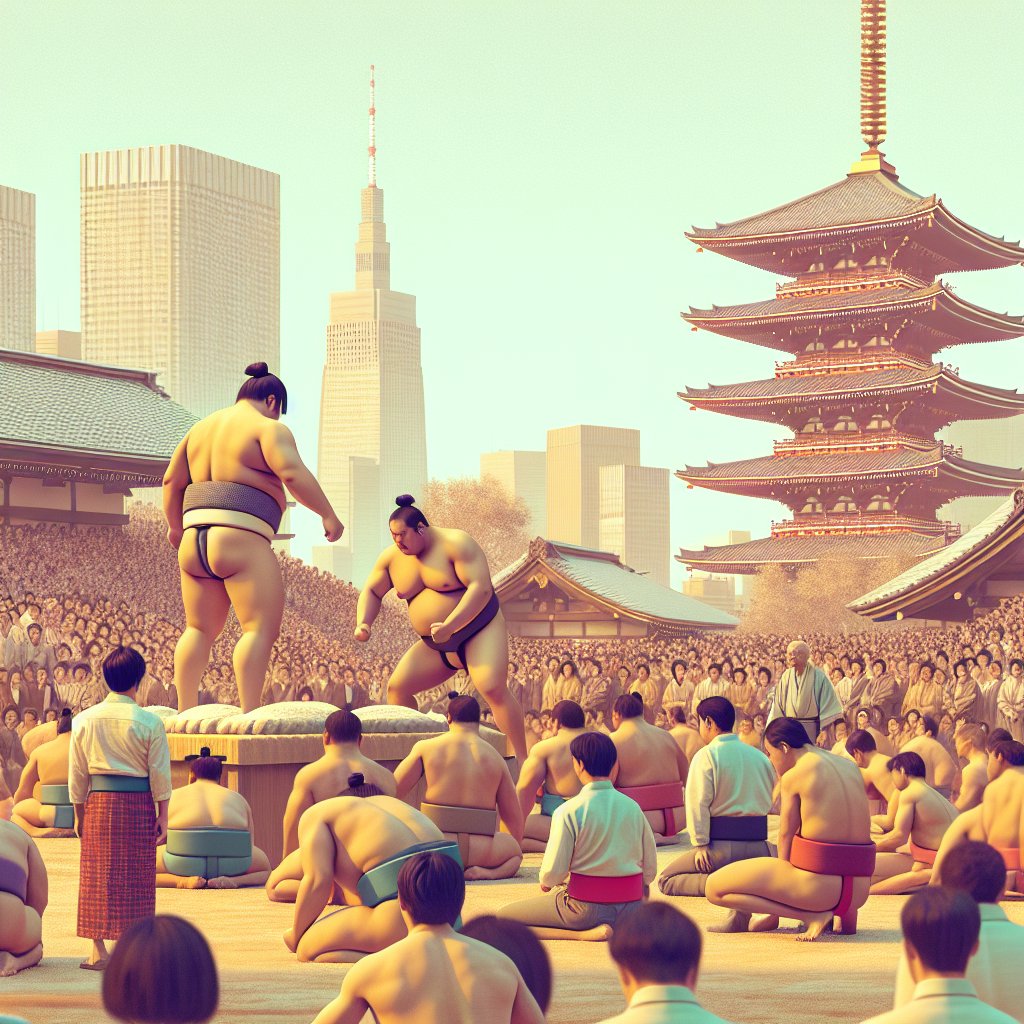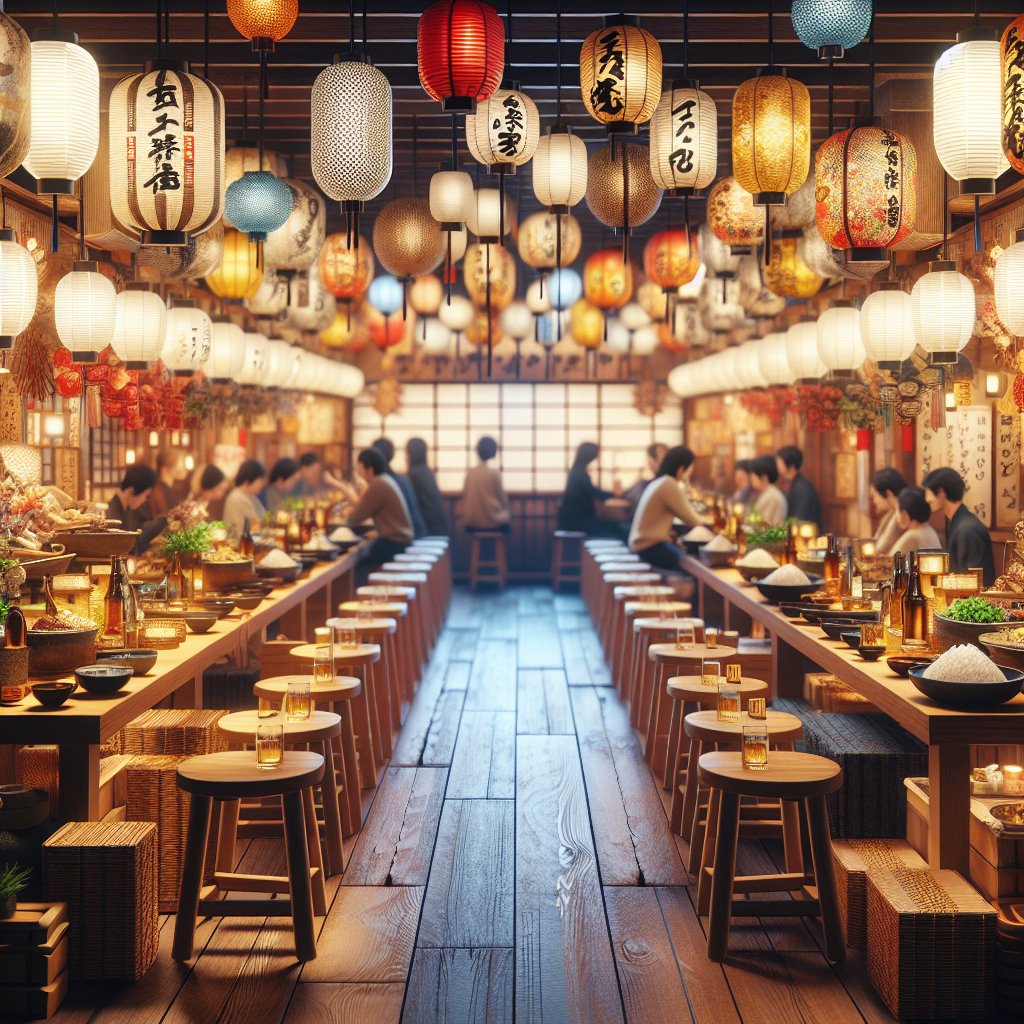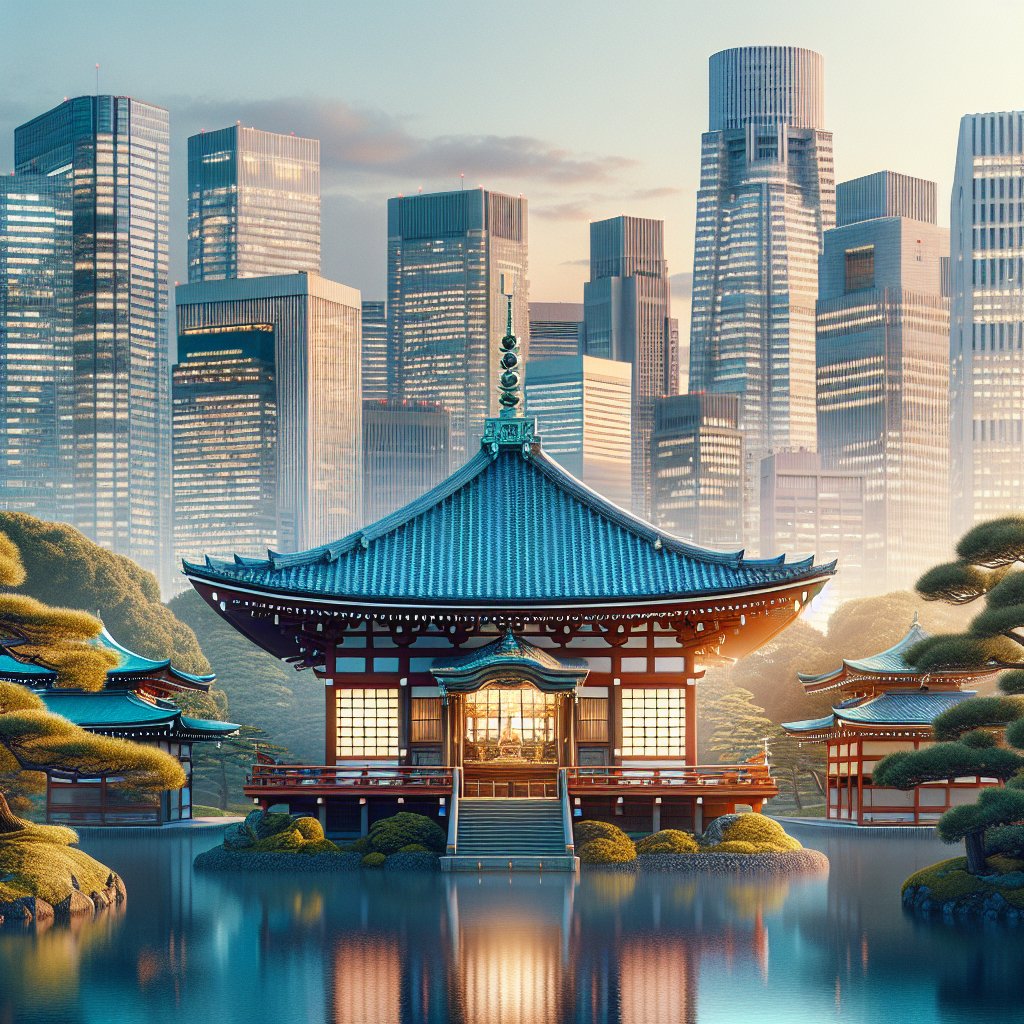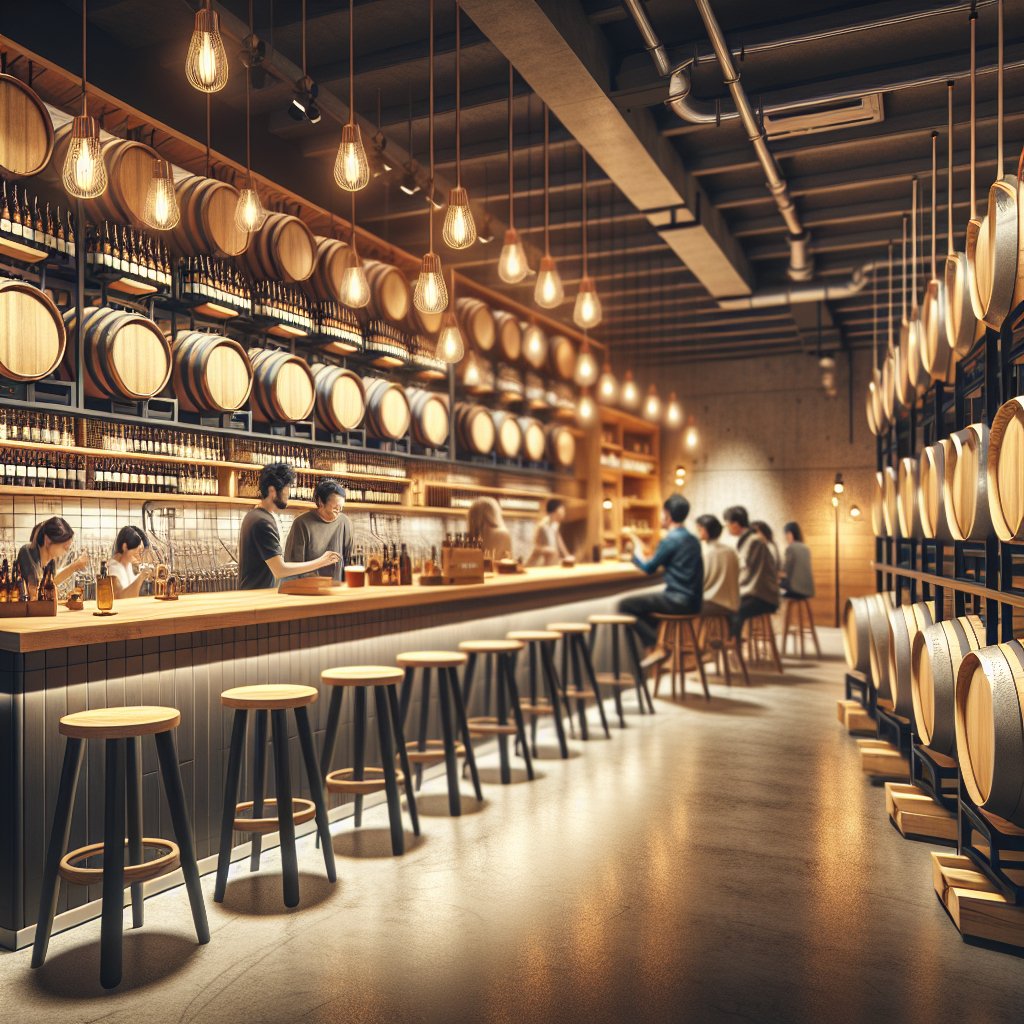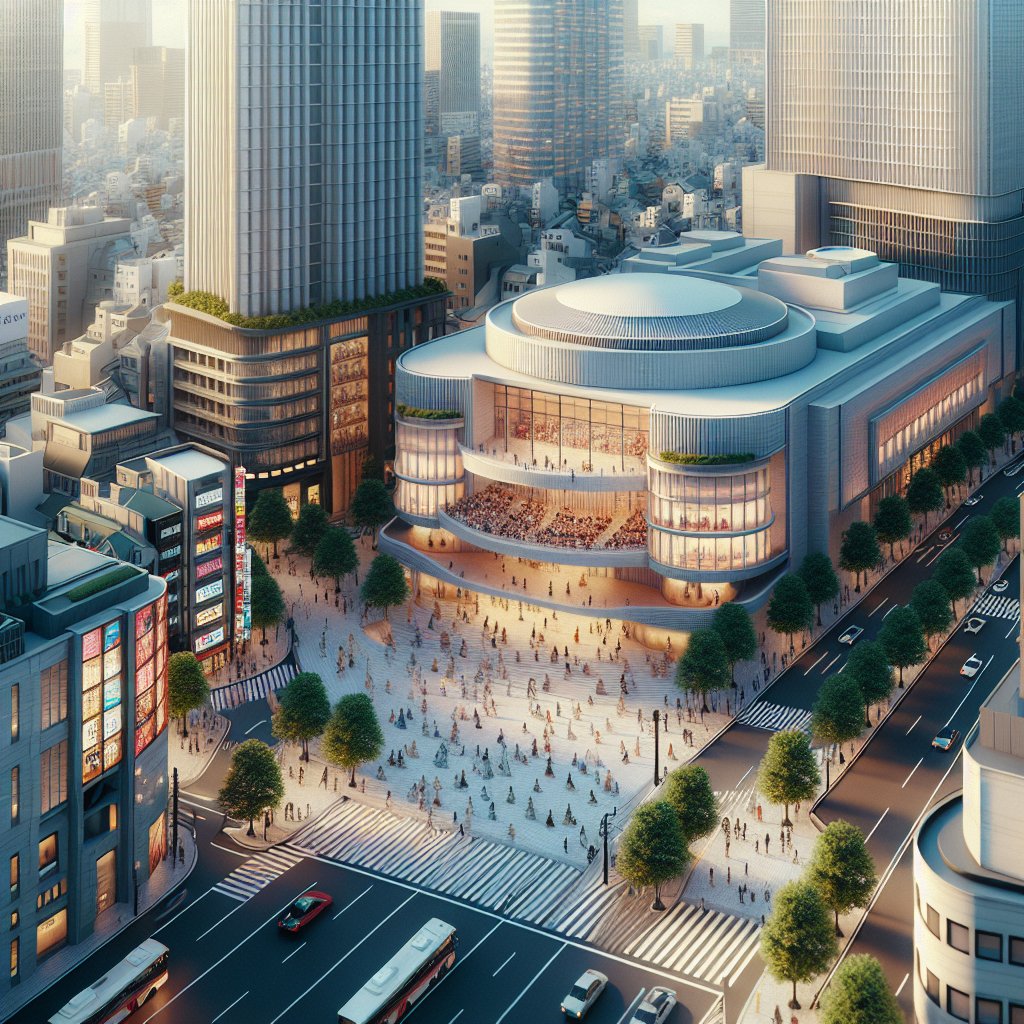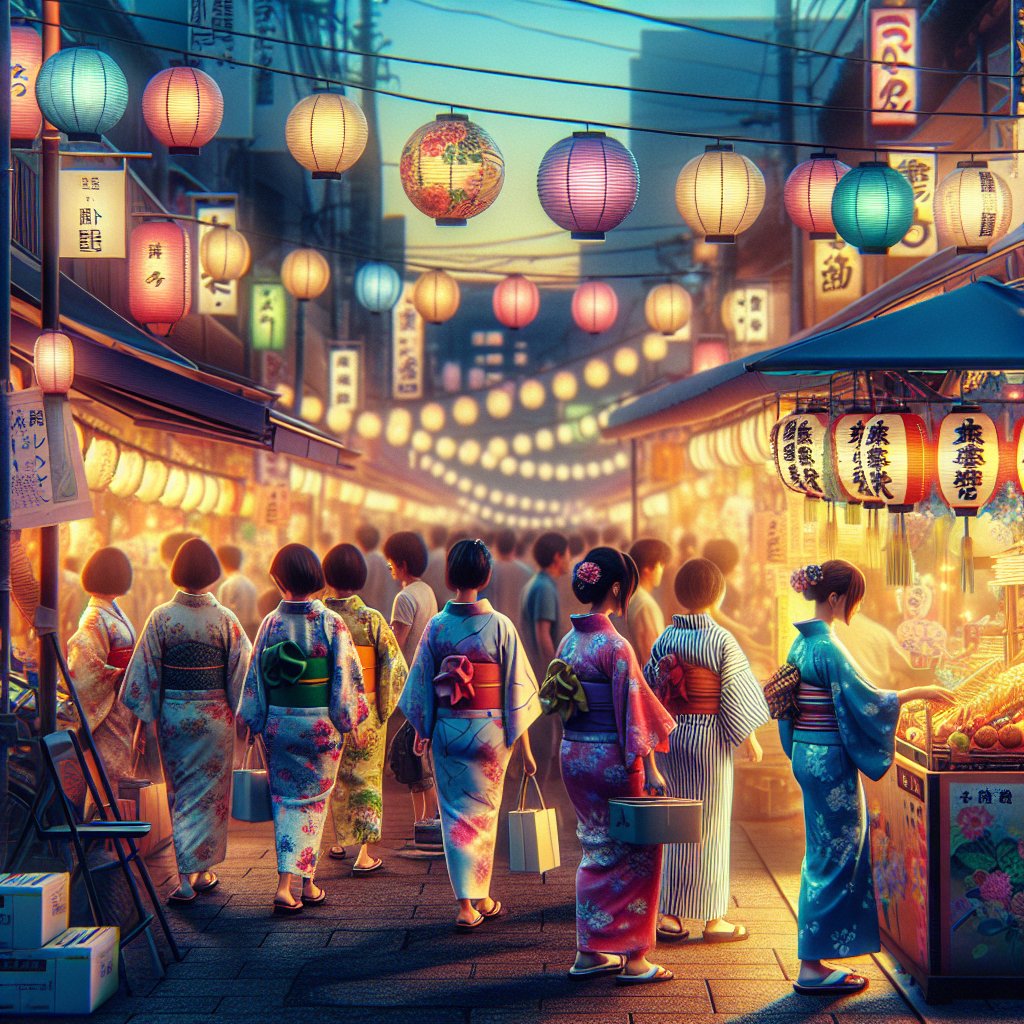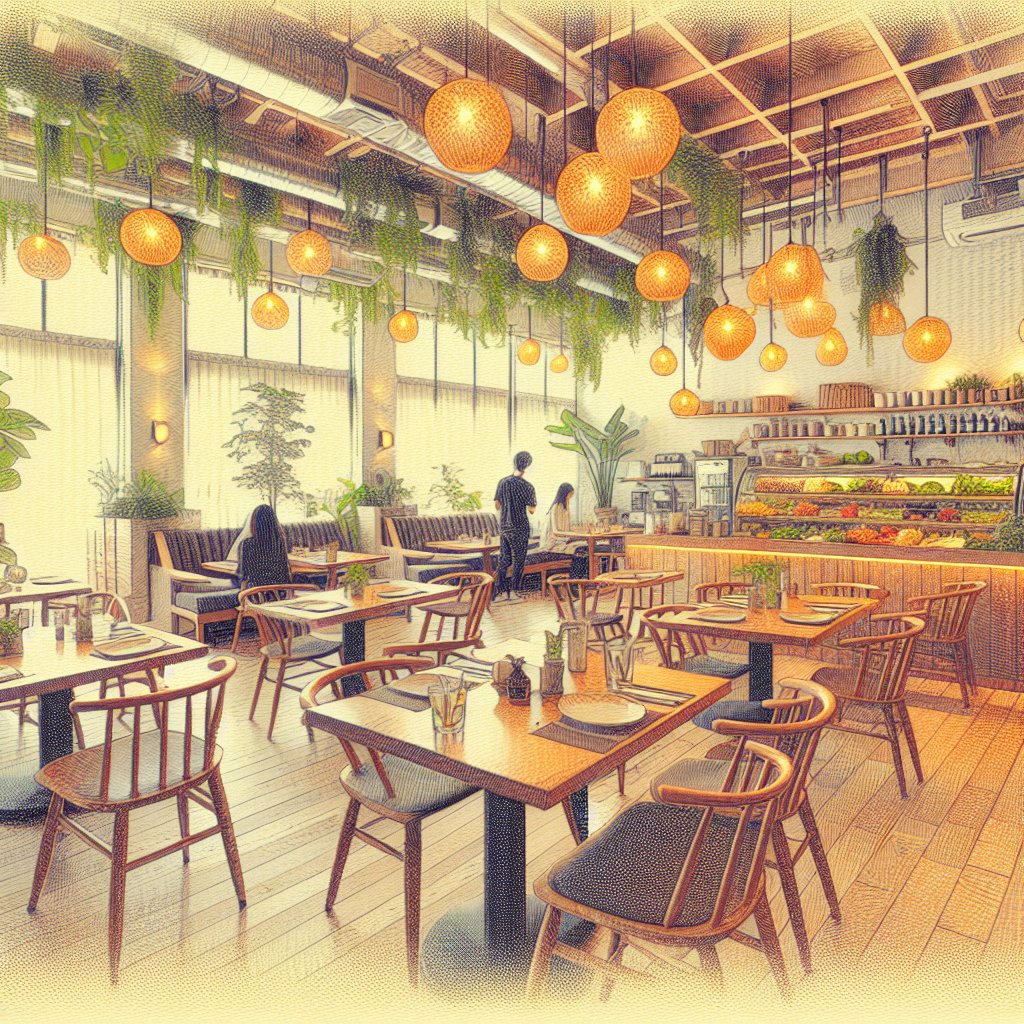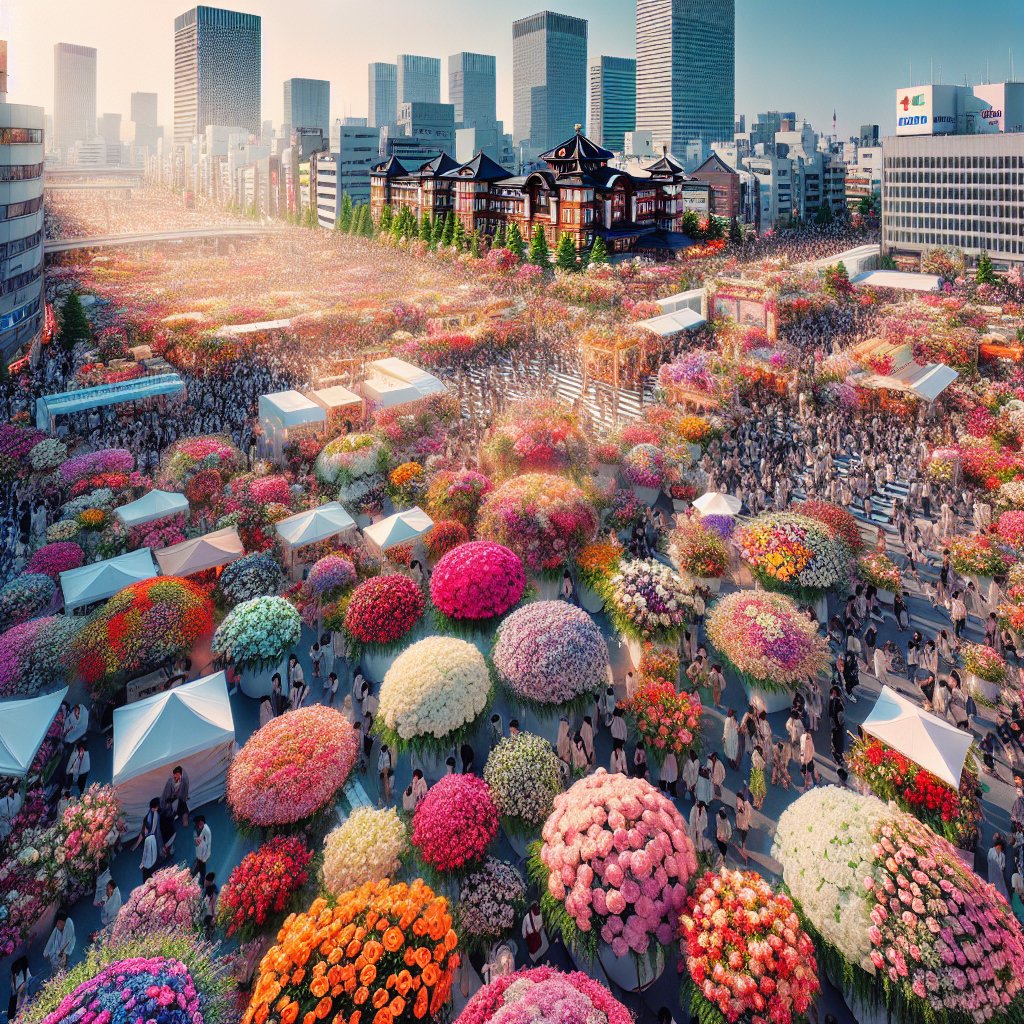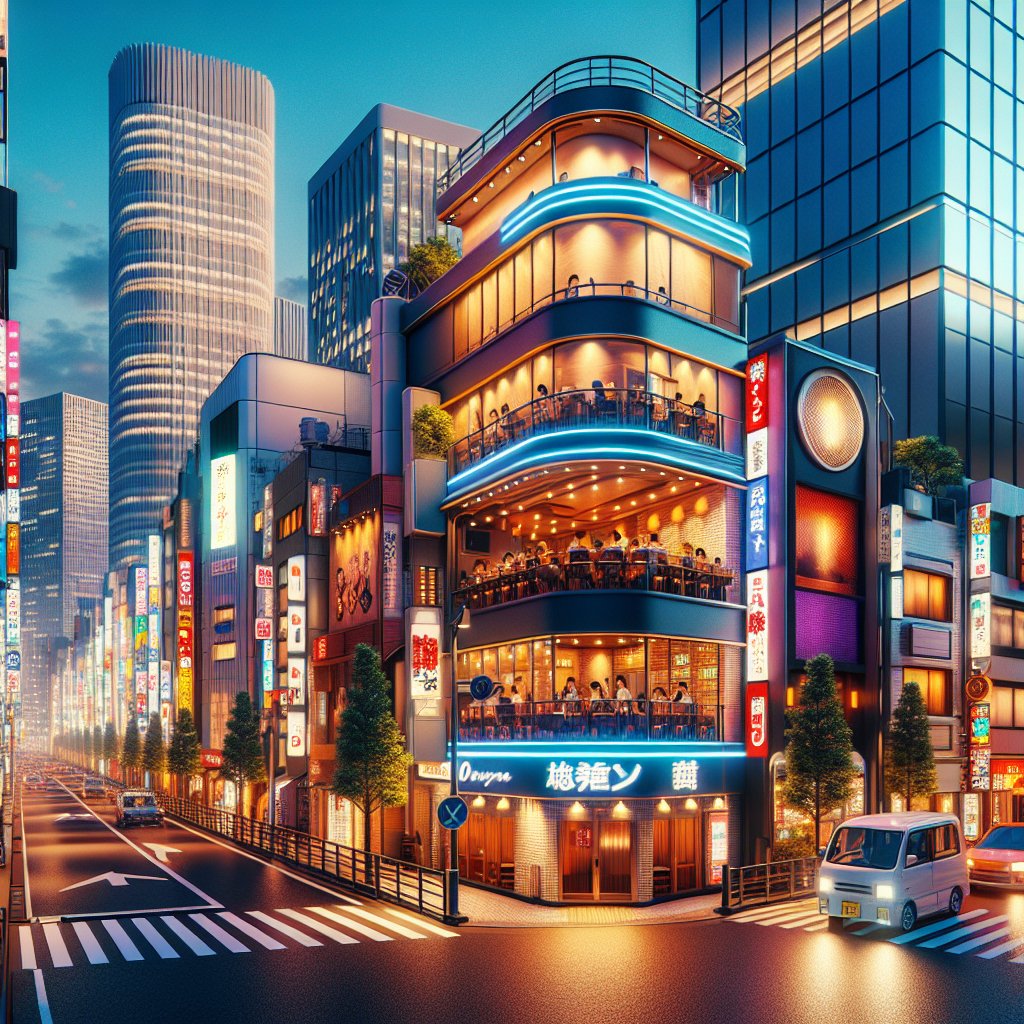Tokyo, the bustling capital of Japan, is a city where ancient traditions and modern innovations coexist in harmony. Among its many cultural treasures, the traditional sport of sumo wrestling stands out as a unique and fascinating spectacle. This article delves into the rich history and vibrant present of sumo wrestling in Tokyo, exploring its cultural significance and the experience it offers to both locals and visitors.
The Historical Roots of Sumo Wrestling
Sumo wrestling, with its origins tracing back over a thousand years, is deeply embedded in Japanese culture. Initially, sumo was performed as a religious ritual to entertain the Shinto deities and ensure a bountiful harvest. Over time, it evolved into a competitive sport, gaining popularity among the samurai class during the Edo period (1603-1868). The sport’s historical significance is evident in its ceremonial aspects, which are still observed today.
In Tokyo, the heart of sumo wrestling is the Ryogoku district, home to the Ryogoku Kokugikan, Japan’s premier sumo stadium. This iconic venue hosts three of the six annual Grand Sumo Tournaments, drawing fans from across the globe. The stadium’s history dates back to 1909, and it has been a central hub for sumo wrestling ever since. Visitors to Ryogoku can also explore the Sumo Museum, which offers a glimpse into the sport’s storied past through exhibits of historical artifacts, photographs, and memorabilia.
The Cultural Significance of Sumo in Modern Tokyo
Despite the rapid modernization of Tokyo, sumo wrestling remains a cherished cultural tradition. The sport is not only a form of entertainment but also a reflection of Japanese values such as discipline, respect, and perseverance. Each sumo match is steeped in ritual, from the purification of the ring with salt to the elaborate pre-match ceremonies performed by the wrestlers.
Sumo wrestlers, known as rikishi, undergo rigorous training and adhere to a strict lifestyle. They live in communal training stables, or heya, where they follow a regimented schedule of practice, meals, and rest. The life of a rikishi is demanding, but it is also a path to honor and recognition. In Tokyo, several stables open their doors to the public, offering a rare opportunity to witness the intense training sessions and gain insight into the lives of these dedicated athletes.
For those visiting Tokyo, attending a sumo tournament is an unforgettable experience. The atmosphere in the Ryogoku Kokugikan is electric, with fans cheering for their favorite wrestlers and engaging in the traditional chants. The tournaments are a celebration of Japanese culture, featuring not only the matches but also traditional music, dance, and food. Visitors can savor chanko nabe, a hearty stew that is a staple in the diet of sumo wrestlers, at local restaurants in the Ryogoku area.
Experiencing Sumo Wrestling as a Visitor
For tourists and newcomers to Tokyo, experiencing sumo wrestling offers a unique window into Japanese culture. The Grand Sumo Tournaments, held in January, May, and September, are the best times to witness the sport in its full glory. Tickets can be purchased in advance, and it’s advisable to book early due to the high demand.
Beyond the tournaments, visitors can explore the sumo culture through guided tours of the Ryogoku district. These tours often include visits to the Sumo Museum, the Edo-Tokyo Museum, and local sumo stables. Engaging with the local community and learning about the traditions and history of sumo wrestling enriches the overall experience.
For those interested in a more hands-on experience, some stables offer sumo workshops where participants can try on a mawashi (sumo belt) and learn basic sumo techniques. These workshops provide a fun and educational way to appreciate the skill and strength required in sumo wrestling.
The Future of Sumo Wrestling in Tokyo
As Tokyo continues to evolve, the future of sumo wrestling remains bright. The sport has seen a resurgence in popularity, with a new generation of fans embracing its cultural significance. Efforts to promote sumo wrestling internationally have also gained momentum, with exhibitions and tournaments held in various countries.
In Tokyo, initiatives to preserve and promote sumo culture are ongoing. The Japan Sumo Association, along with local government and cultural organizations, is committed to maintaining the sport’s traditions while adapting to the changing times. This includes enhancing the fan experience, improving accessibility, and fostering a deeper understanding of sumo’s cultural heritage.
In conclusion, Tokyo’s traditional sumo wrestling scene is a testament to the city’s rich cultural tapestry. It offers a unique blend of history, tradition, and excitement, making it an essential part of any visit to Japan’s capital. Whether you’re a seasoned fan or a curious newcomer, the world of sumo wrestling in Tokyo promises an unforgettable journey into the heart of Japanese culture.
